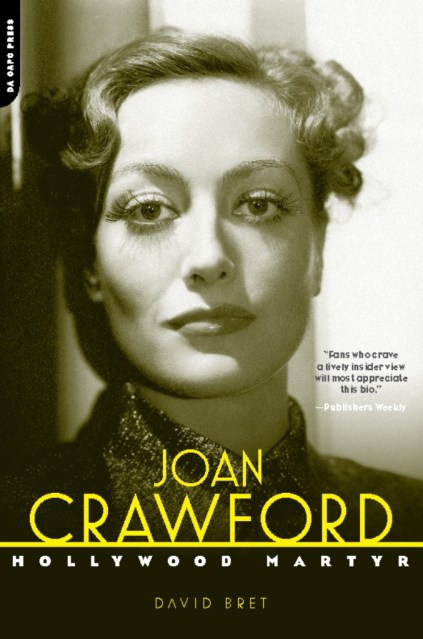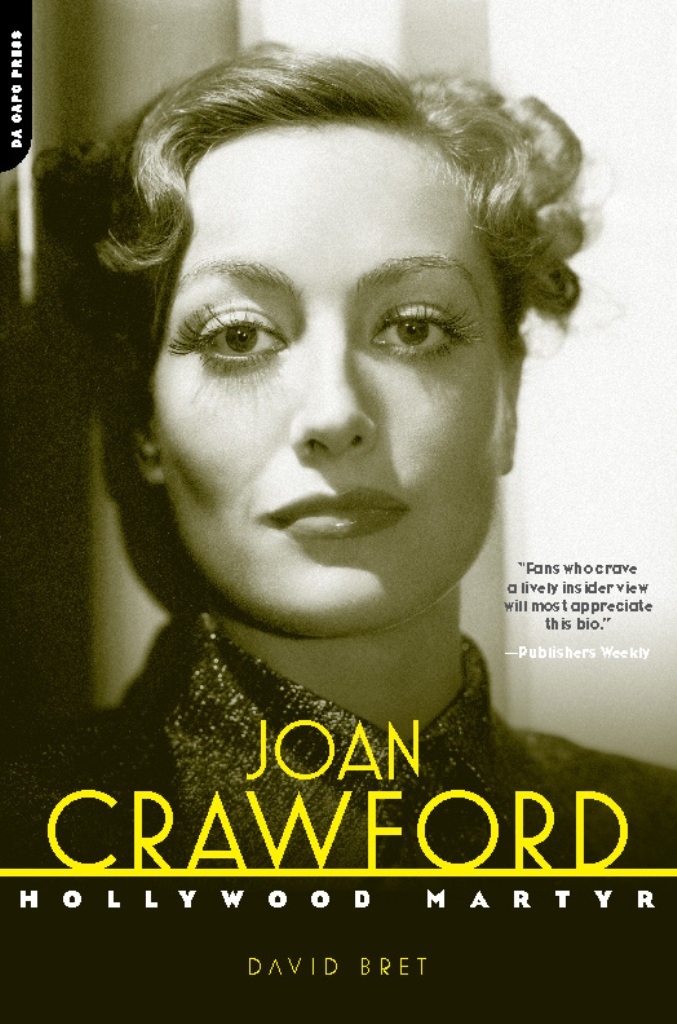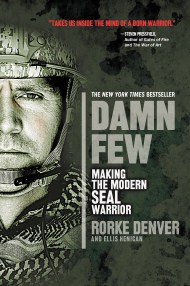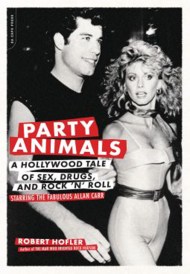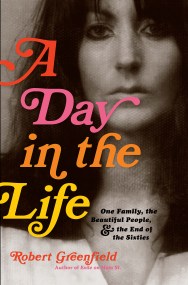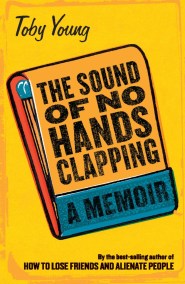Promotion
Use code MOM24 for 20% off site wide + free shipping over $45
Joan Crawford
Hollywood Martyr
Contributors
By David Bret
Formats and Prices
Price
$9.99Price
$12.99 CADFormat
Format:
ebook $9.99 $12.99 CADThis item is a preorder. Your payment method will be charged immediately, and the product is expected to ship on or around April 15, 2009. This date is subject to change due to shipping delays beyond our control.
Also available from:
Genre:
-
Skyscraper, Winter 08
“Full of salacious stories and juicy scandals…A fascinating read.”
- On Sale
- Apr 15, 2009
- Page Count
- 336 pages
- Publisher
- Da Capo Press
- ISBN-13
- 9780786732364
Newsletter Signup
By clicking ‘Sign Up,’ I acknowledge that I have read and agree to Hachette Book Group’s Privacy Policy and Terms of Use
